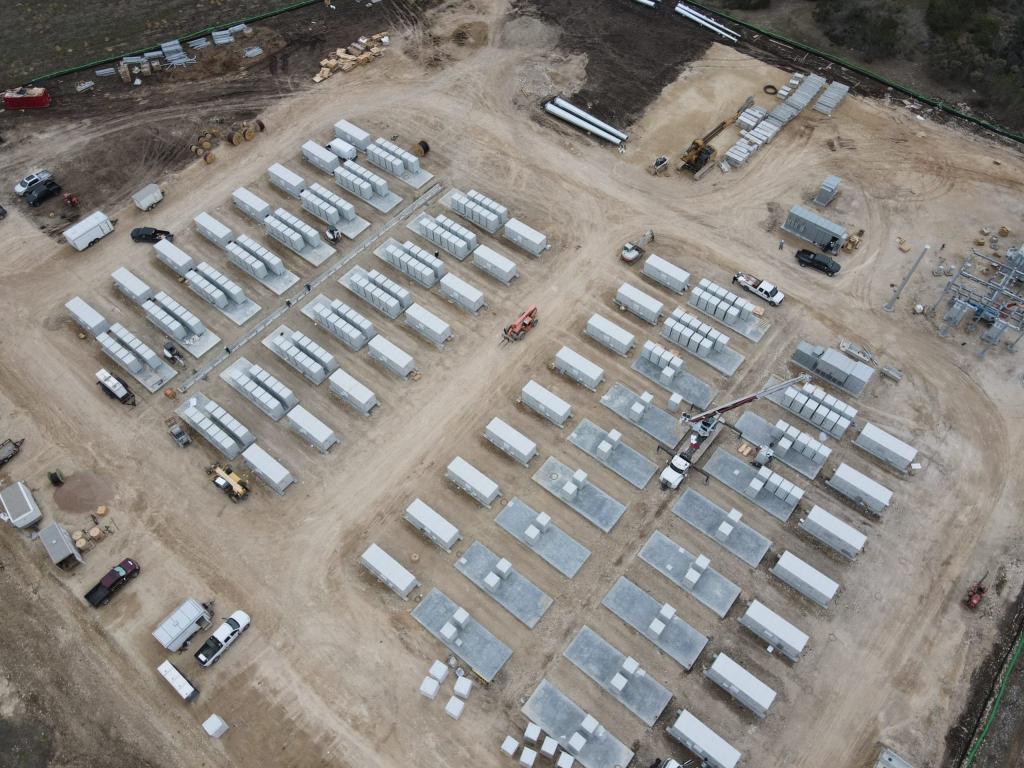Battery Storage Integration
Battery Energy Storage Systems (BESS) retain energy during periods of excess generation or low demand and subsequently release it during periods of reduced generation or high demand. Similar to any energy source within a solar PV facility, the operation of BESS necessitates constant monitoring and management. This is accomplished through three different systems.
Large-scale deployments of BESS are already underway, with the notable involvement of FlexGen company in a project aiming to establish a BESS capacity of six GWh in due course. A different United States-based company, involved in various industries including energy, has already exceeded that milestone by achieving 6.5 gigawatt-hours (GWh) in deployments of battery energy storage systems (BESS) in the year 2022. A significant portion of the current influx of funding towards BESS is being allocated to services aimed at enhancing the flexibility of energy providers, such as firm frequency response. Over time, the main source of BESS (Battery Energy Storage System) expansion will arise from the development of solar parks and wind farms, requiring batteries to manage their storage requirements for shorter durations.
Given these circumstances, it is highly probable that sodium-ion batteries will gain a larger portion of the BESS market. In fact, it is anticipated that a minimum of six manufacturers will commence production of sodium-ion batteries in 2023. Evidently, healthcare providers will need to make choices regarding which technology to invest in. Integrators may consider configuring their systems in a manner that simplifies the transition to sodium-ion batteries once they become readily accessible.


